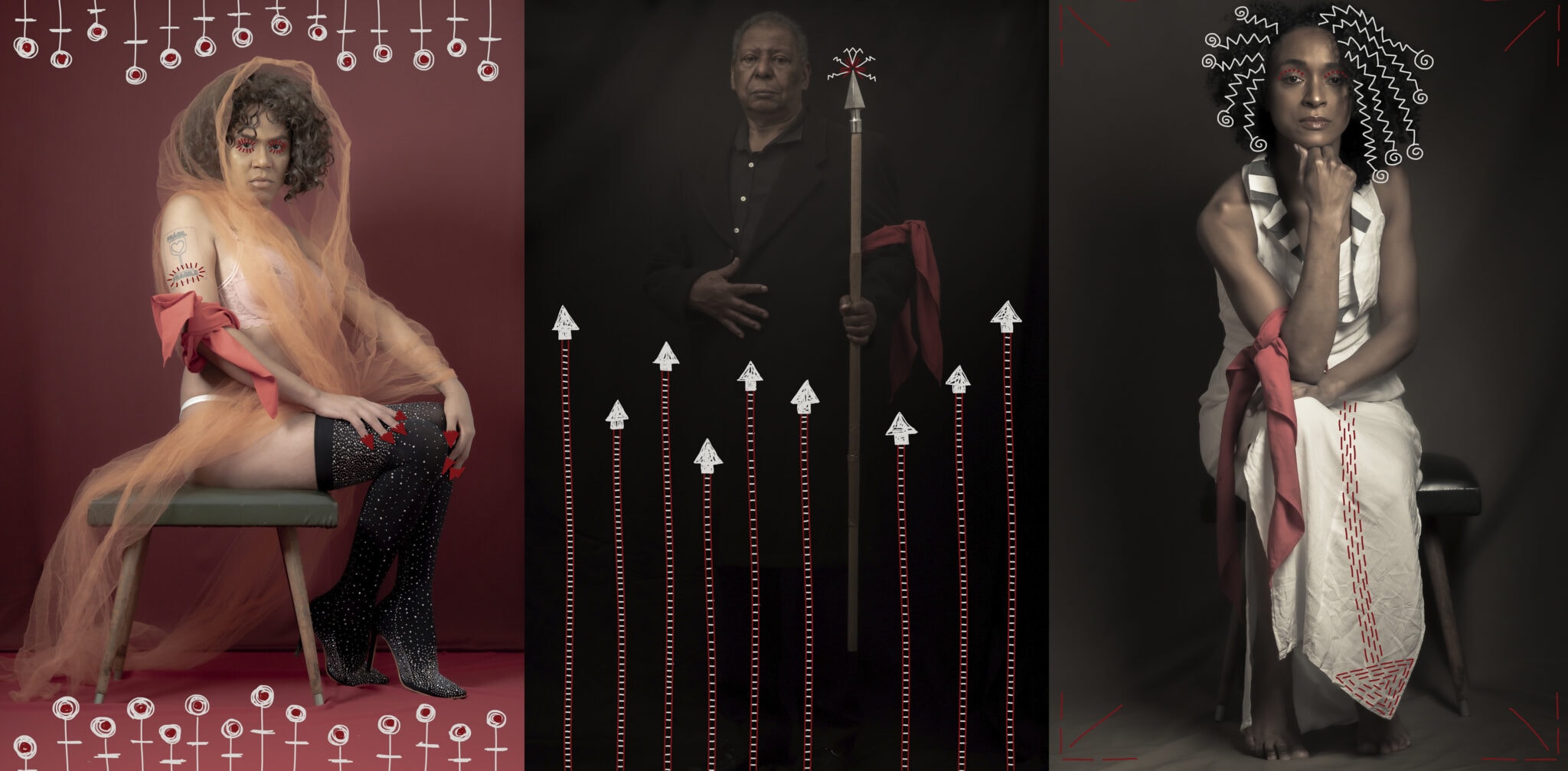
The Black Faces of the Revolution
Brazilian photographer Marcio Pimenta portrays leaders from Rio Grande do Sul to honor the almost forgotten struggle of the Black Lancers: enslaved men who participated in the Farroupilha Revolution – the largest and longest in Brazilian history – in exchange for their freedom. More than a memory exercise, it is a critical rereading of history.
By Marcela Vallejo
During the imperial government of Brazil, between 1822 and 1889, the longest and largest civil war in the country’s history took place: the Farroupilha Revolution or War of the Farrapos. This rebellion lasted for ten years in what is now the state of Rio Grande do Sul and was initiated by local white elites. Over time, the revolution acquired separatist intentions. To combat the Empire’s powerful forces, the revolution’s leaders recruited enslaved blacks to fight alongside them. In return, they would obtain the coveted freedom. The feared group by the enemy forces and which would play a prominent role in the war was known as Black Lancers. At the war’s end, it is estimated that they represented one-third of the total Farrapo army, about 10,000 men. As the war dragged on, the Black Lancers became a decisive point for peace negotiations. The Empire did not accept the freedom promised by the revolution’s leaders.
In response to the growing participation of the enslaved, the Empire decreed in 1838 the “Law of the whip.” According to this law, any enslaved person caught participating in the rebel forces would receive between 200 and 1,000 lashes. This situation ended with the Battle of the Porongos (1844), which took place in the current territory of the municipality of Pinheiro Machado. During that massacre, an unarmed squad of Black Lancers was surprised by imperial troops: it is estimated that 100 of them were killed, and those who managed to escape were enslaved for four more decades until the law that liberated them was signed.
Authors like Juremir Machado da Silva qualify that event as “the greatest infamy that has been lived in the state of Rio Grande do Sul.” Although there are books that narrate this conflict, there is a void in the visual arts. “Black Lancers” by Bahian photographer Marcio Pimenta is a series of portraits of black leaders from the community of Porto Alegre (senator, councilor, actors, judges, athletes). That refers to the Black Lancers, and their experiences and personal stories represent the potential of the black population of Brazil.
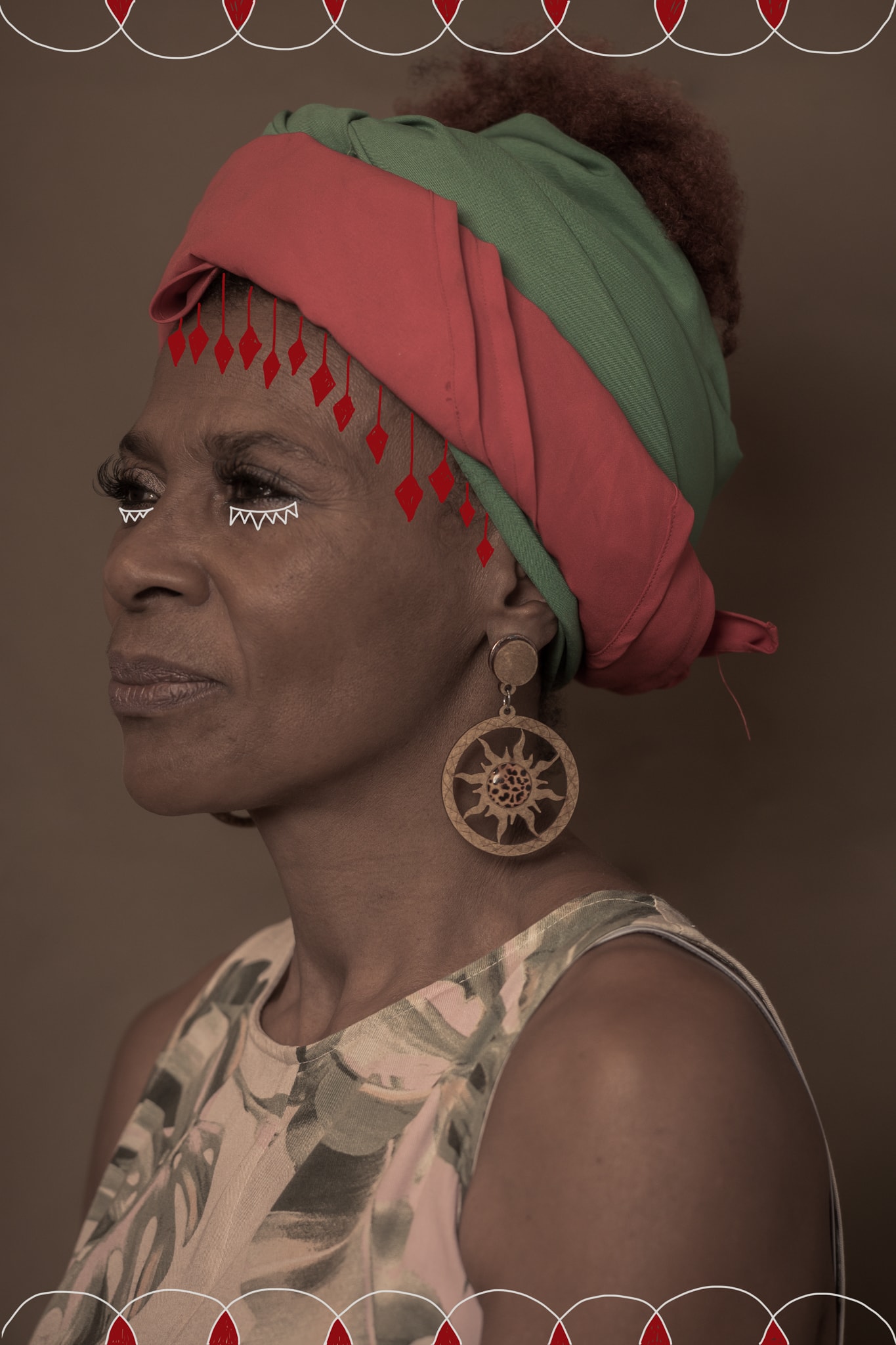
Beatriz Pereira. Voluntary leader and president of the samba school in Isla de la Pintada, where she lives. A reference figure for those living in the neighboring islands of Porto Alegre. She has shared that she left her studies due to racism. In school, she suffered because of the color of her skin and, with shame, decided to drop out and make her life.
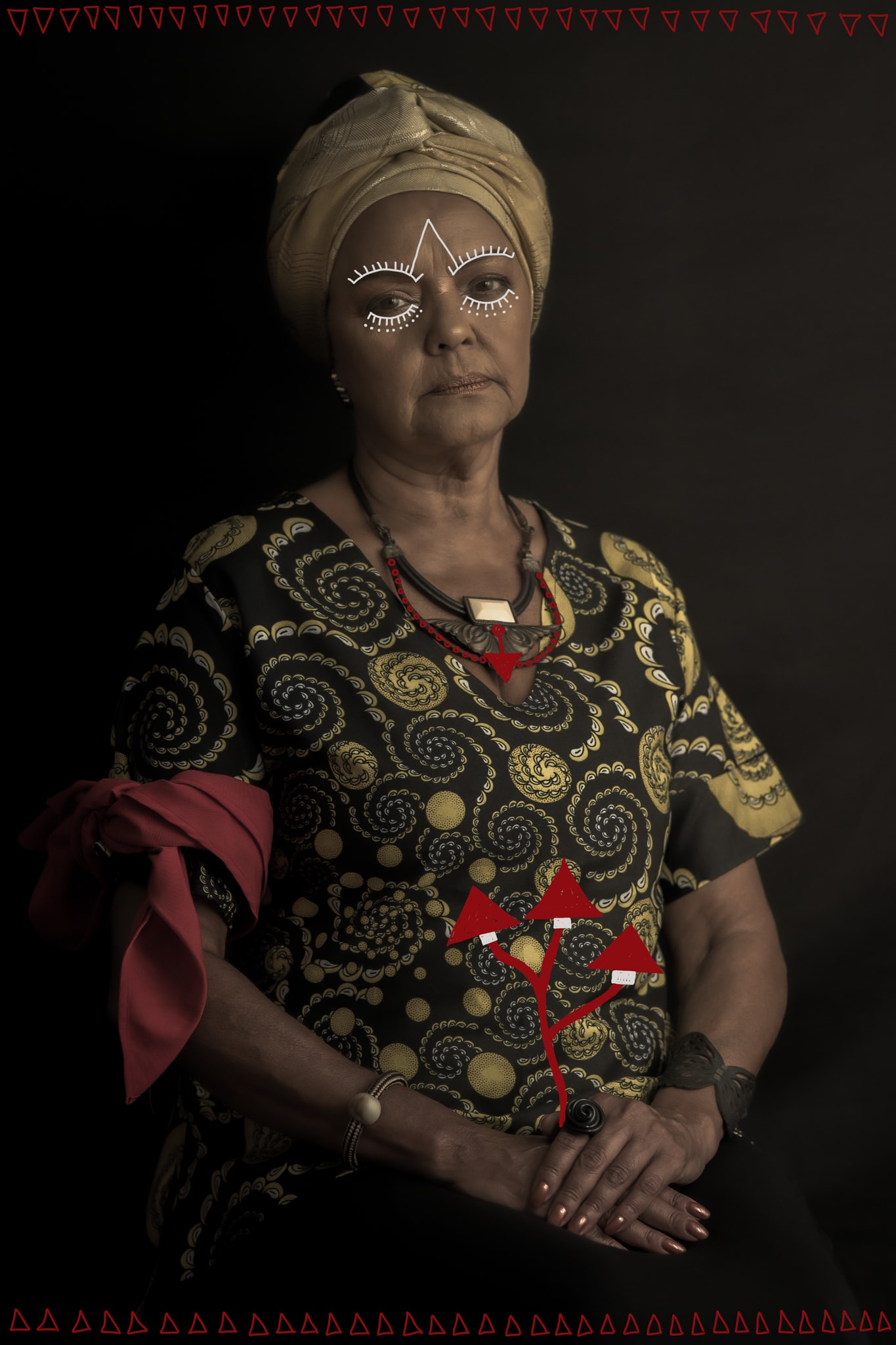
Loma Pereira. Singer, presenter, radio host, songwriter, activist and music producer. In Rio Grande do Sul, she was a pioneer of traditional music. She recorded with Gilberto Gil and Elza Soares. She comes from a poor family and is a single mother. Part of the Gaucho Traditionalist Movement. In 2019, she received the Açorianos Award for her work.
“Remembering the struggle and memory of the Black Lancers in such hostile times is a way of updating the past,” says writer Jefferson Tentorio, one of the people portrayed by Pimenta. “Resignifying our trajectory, revisiting historical narratives from another perspective allows us to exercise our freedom.”
Rio Grande do Sul is one of the states of Brazil founded on an ideal of whiteness. “In this state, known nationally for episodes of racism, I wanted to pay homage to historical figures who carry the integrity of the Black Lancers in their blood and skin,” explains Pimenta, who made the portraits in his studio in Porto Alegre. During the sessions, he had space to talk with the characters, which allowed him to learn and understand the importance of history in their lives. This helped both the photographer and the person portrayed to send a positive message to the community through visual art. “Each dialogue was a great learning experience, especially on structural racism: how we have built a society of exclusion and inequality that manages to nullify individual and group potentials.” For writer Jefferson Tentorio, one of the people portrayed, the Farroupilha Revolution is not only a symbol of gaucho pride but also implies the forgetting of the importance of black soldiers in that historical episode. “Bringing illustrious black figures of the present to this exhibition,” says Tentorio, “takes us to an important symbolic space… takes us towards another experience and another dimension: the dimension of the sacred. Not in a religious sense, but in an existential sense.”
At the end of four months of work, Pimenta invited artist Paula Taitelbaum to intervene in the photographs. “My freehand interventions,” says the artist, “were intended to enhance visual art further, as its absence left a huge void for descendants.” The artist’s interventions consist of drawn tips: spear tips, knife tips, and tips that indicate directions. Some refer to tribal designs, and others reinforce strokes or refer to the professions of the people portrayed.
Tentorio says, about this series, that the search for a black identity that escapes forgetting has to do with a decolonial reading of history. “Remembering the struggle and memory of the Black Lancers in such hostile times is a way of updating the past, resignifying our trajectory, revisiting historical narratives from another perspective allows us to exercise our freedom.”
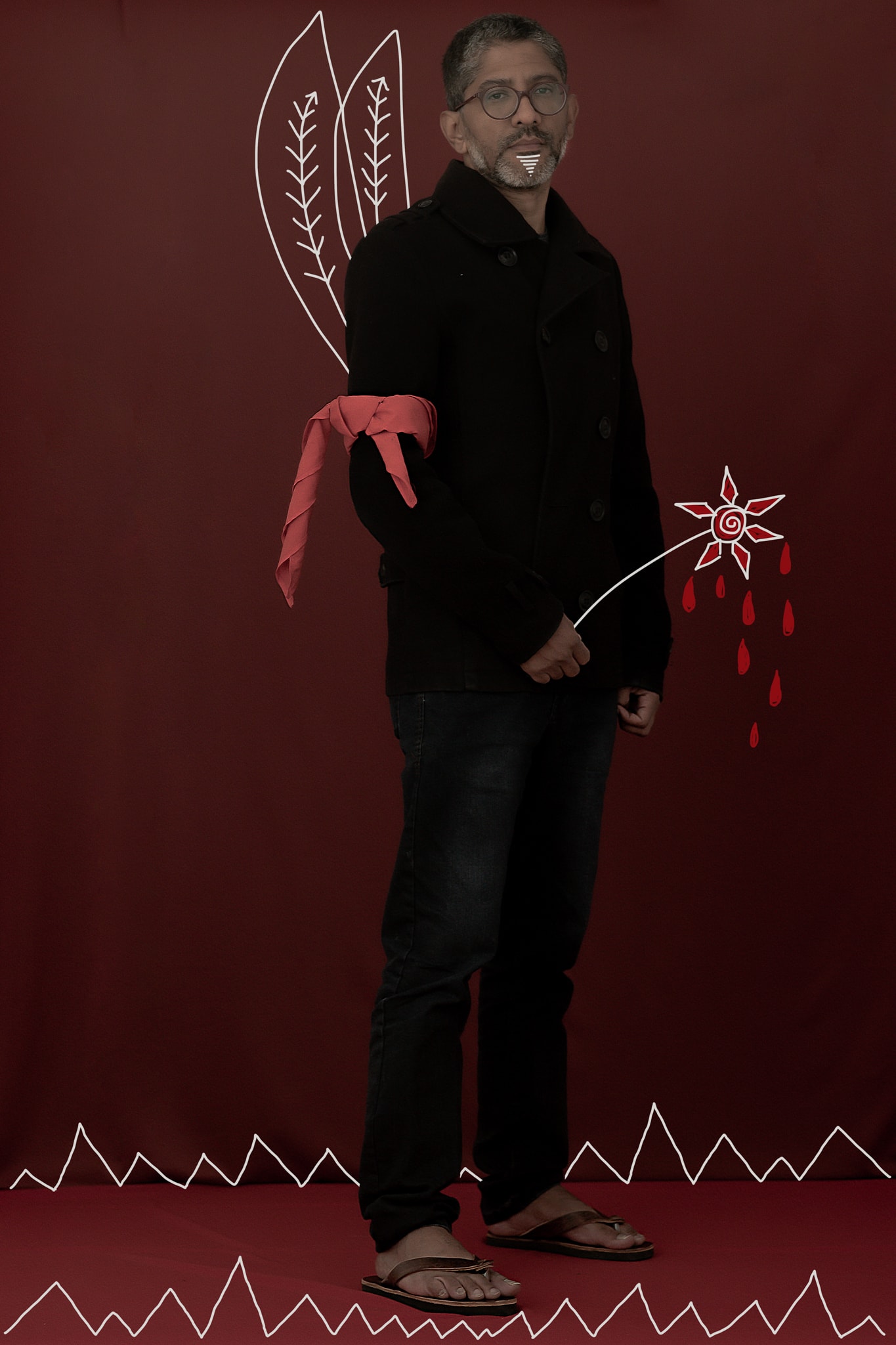
Jeferson Tenório. A Carioca writer based in Porto Alegre. He received the Jabuti Prize, one of the highest recognitions in Brazilian literature, for his novel O avesso da pele (2020) in which he addresses racial relationships and identity. In 2022, after giving a talk at a school in Bahia, he was threatened with death by anonymous online profiles.
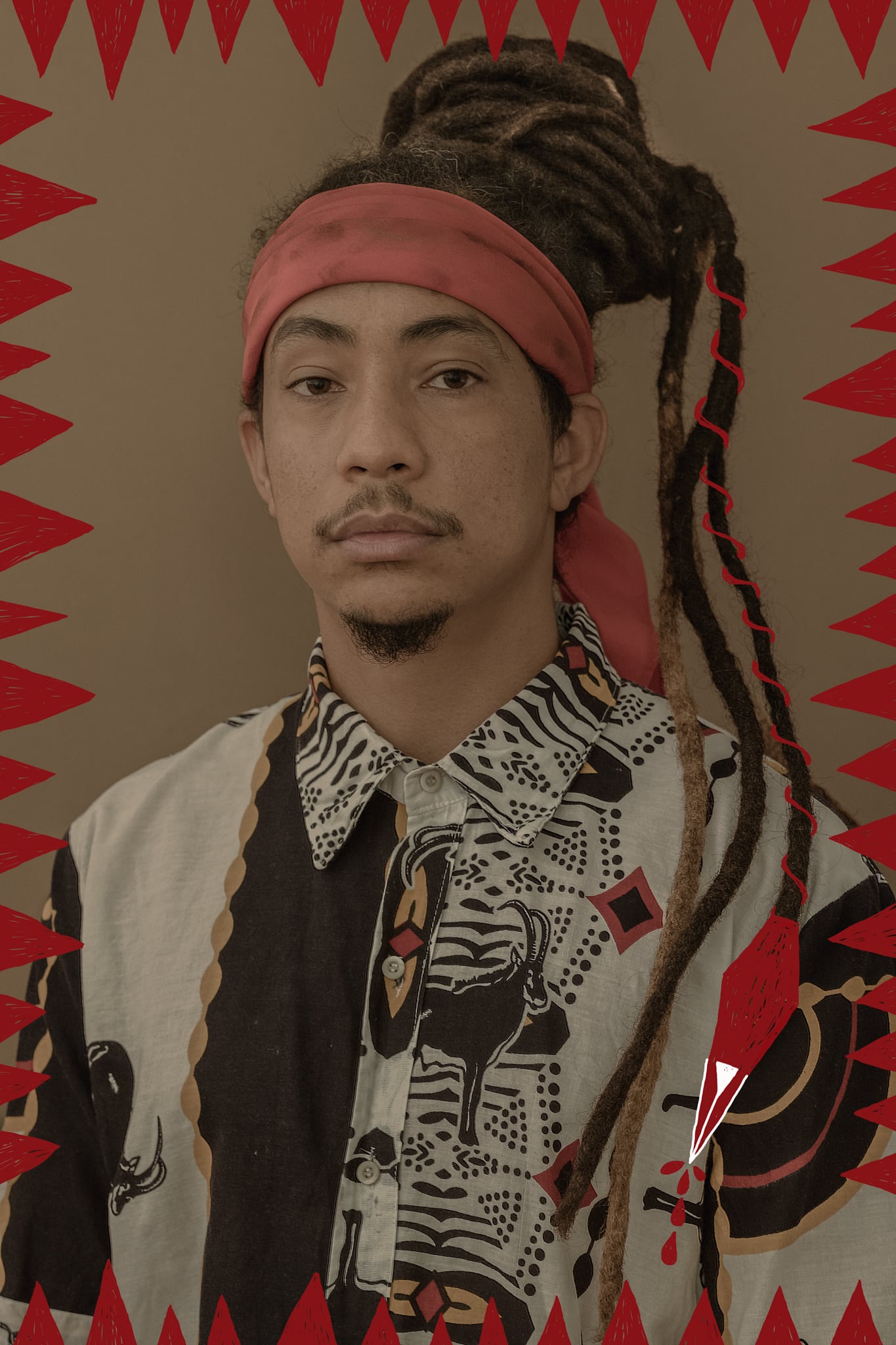
Matheus Gomes. Councilman of Porto Alegre. Member of the black, student, and peripheral movement since he was 17 years old. He is involved in various black community collectives. He has a master’s degree in history from the Universidade Federal do Rio Grande do Sul. Since he assumed the role of councilman in 2020, he has received seven death threats.


